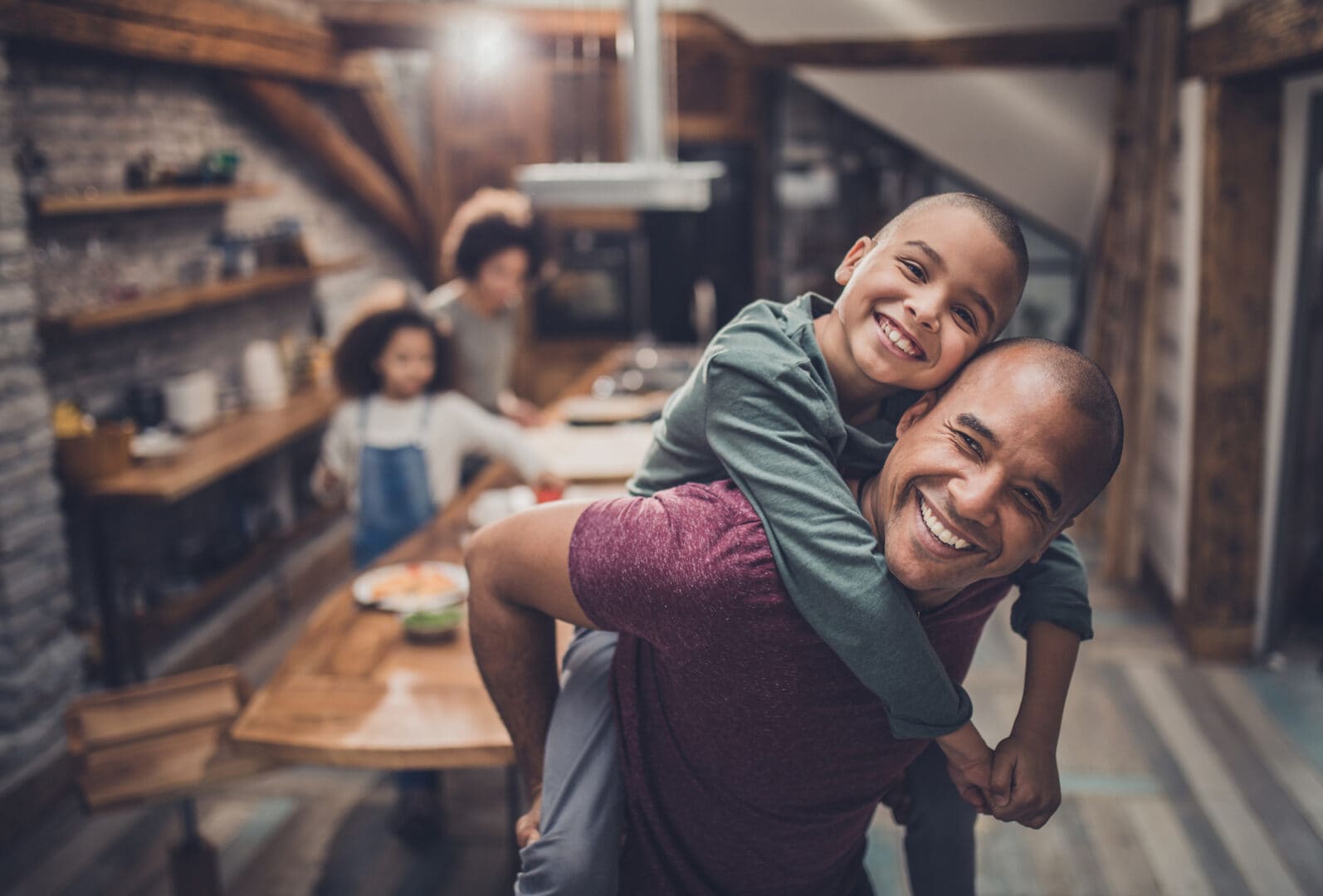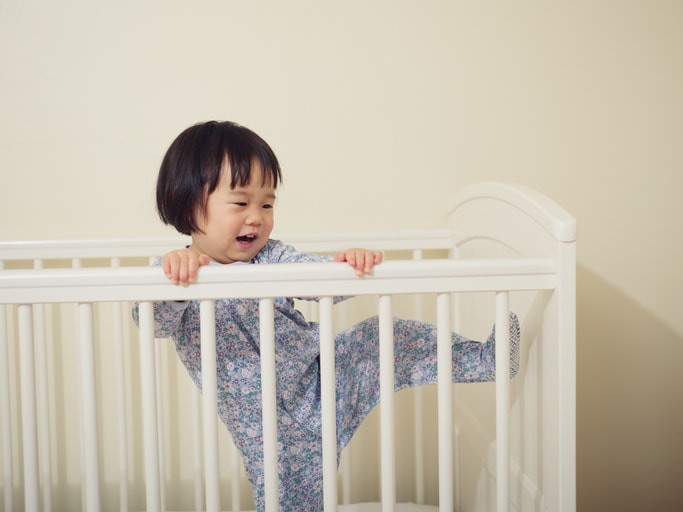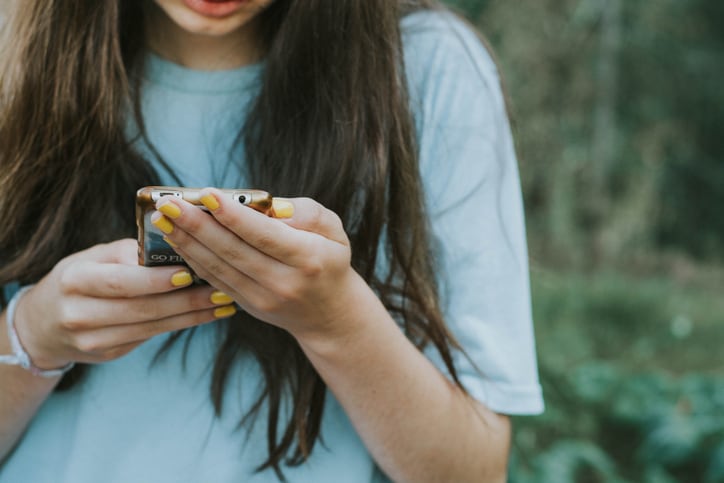It’s been more than a year since COVID-19 arrived and changed everyone’s lives. Navigating the initial changes brought on by the pandemic and everything that has come after has been difficult for adults, but imagine doing it as a toddler who can’t go to the park, a first grader learning to read in Zoom classes or as a tween or teen missing out on school dances and Friday nights with friends.
The pandemic situation in the U.S. has improved over the past several months, but even as we take baby steps towards normalcy, many kids are still working through lingering feelings of stress, anxiety, frustration, disappointment and fear.
“I have a 4-year-old, and she is afraid to take off her mask,” says Randi Jaffe, a certified child life specialist and the founder of Kid Cope Specialists in Hoboken, New Jersey. “She says, ‘Mommy, I’m not vaccinated,’ and I have to remind her, ‘That’s right, but the more people who are vaccinated, the safer we all are.’”
Working through hard feelings and getting comfortable as we re-enter the world might be a long process for kids. Here, two experts share how to help kids of all ages process their emotions about the past year and get ready to engage with their friends, families and normal routines again.
How COVID-19 has affected kids’ mental health
No two kids experienced the pandemic the exact same way, but they all went through big changes. Schools across the U.S. closed for several months, millions of parents lost their jobs, one in five children experienced food insecurity in 2020 and nearly 40,000 children lost at least one parent to the virus. Even kids who didn’t experience the most severe impacts of the pandemic may still worry about germs, safety and whether a pandemic could happen again.
How to know if your child is struggling
Unfortunately, kids don’t always tell you when they’re struggling to cope. Older kids may feel embarrassed about talking, and younger children simply may not have the language to fully express themselves.
What to look for in younger kids
In younger kids, Jaffe says, stress, sadness, grief and anxiety may present as:
- Developmental regression, such as sudden bed-wetting or clinginess with a parent or guardian.
- Emotional dysregulation, such as tantrums or meltdowns.
- Frequent stomach aches.
- Headaches.
- Changes in appetite.
- Nightmares or difficulty sleeping.
What to look for in older kids
Sharron Frederick, a psychotherapist and licensed clinical social worker who specializes in treating trauma and anxiety at Clarity Health Solutions in Jupiter, Florida, says parents of older kids may notice:
- New habits, such as nail biting or picking of skin.
- Changes in appetite.
- Increased social isolation or reluctance to go out.
- Irritability or aggression.
- Changes to sleep patterns or difficulty sleeping.
In some instances, kids may need extra support from a professional. If these symptoms persist for several months or your child shows signs of self-harm or cutting, prolonged sadness and anxiety or thoughts of suicide, contact their doctor or a mental health provider.
How to help kids work through feelings about the pandemic
As a parent, it’s difficult to watch your child go through something traumatic, but there are a number of ways to help them process their feelings and improve their mental health.
1. Normalize big feelings
It’s perfectly normal for kids to have complicated emotions right now, Jaffe says. You may even be working through similar feelings as an adult.
“Sometimes we want to hide emotions from our kids because we want to protect them, and we want them to feel safe and secure,” she says. “It’s really important that kids know that all of these things are normal because it validates their own feelings, and it helps them to know, ‘Oh, I’m not the only one that’s experiencing this. My mom even feels sad sometimes.’”
“It’s really important that kids know that all of these things are normal because it validates their own feelings, and it helps them to know, ‘Oh, I’m not the only one that’s experiencing this.’”
— RANDI JAFFE, CERTIFIED CHILD LIFE SPECIALIST
2. Make space for talking about emotions
Create an open dialogue with your kids about what you’re all going through.
Feeling-identifying prompts:
• How did you feel when …?
• What do you think about …?
• How does it make you feel to …?
Jaffe even suggests using prompts that help kids identify their feelings, such as:
- How did you feel when …?
- What do you think about …?
- How does it make you feel to …?
3. Don’t overdo it on the COVID-19 talk
Kids may have questions about the pandemic, such as whether cases will surge again or if another pandemic could happen in the future. “Life is full of ‘what ifs’, and it is easy to go down that rabbit hole with your child,” Frederick says.
Instead of giving them too much information or glossing over their concerns, says Frederick, reassure them by talking about things that help them feel more in control of the situation, such as:
- Safety measures put in place to protect them.
- Precautions your family is taking or has taken to keep your child safe.
- Suggestions your child might have for what would help them feel more secure.
- Health behaviors that give them a sense of control, such as hand washing or wearing masks when required.
4. Prepare for new situations
“I think we’re all worried about what the future looks like, going back to school and camp and seeing all these faces we haven’t seen in 16 months,” Jaffe says. “The best thing you can do, even before you see signs of anxiety in your child, is to provide them with preparation and education on par with their developmental level.”
“The best thing you can do, even before you see signs of anxiety in your child, is to provide them with preparation and education on par with their developmental level.”
— RANDI JAFFE, CERTIFIED CHILD LIFE SPECIALIST
To help them prepare, you can:
- Talk about what to expect in each situation, including the general routine and any safety rules they’ll need to follow.
- Let young kids do a trial run of big events, like the first day of school.
- Create an action plan for what to do if they feel overwhelmed, such as telling a trusted adult or taking time away.
- Talk with older kids about how you handle stress, fear or sadness, and come up with strategies together.
5. Focus on what kids can control
In addition to prepping kids for upcoming changes, Frederick says to allow them a say in their schedules and routines when it’s developmentally appropriate. “It is important to your children have things they can be in control of, such as picking out outfits to wear or having two choices of cereals for breakfast,” she says. “That way they feel some control over their life.”
“It is important your children have things they can be in control of, such as picking out outfits to wear or having two choices of cereals for breakfast. That way they feel some control over their life.”
— SHARRON FREDERICK, PSYCHOTHERAPIST
6. Practice deep breathing
Meditation and deep breathing can help kids of all ages feel more calm and centered. There are dozens of apps and YouTube channels that offer guided meditations for kids, and a regular practice may help with their overall stress level. If kids start feeling anxious or panicked in a particular situation, Jaffe also recommends an in-the-moment, deep-breathing technique to help them calm down.
“The one that I use that’s most tangible for kids is telling them to smell the flower and blow out the birthday candle,” she explains. “They’re really focusing on a deep inhale through their nose and a big belly breath out, so I’ve found the visualization of smelling something and blowing something out to be very helpful.”
Deep-breathing technique:
1. Smell the flower (deep inhale).
2. Blow out the birthday candle (big exhale).
7. Create a safe space at home
“A lot of classrooms have calm-down corners or cool-down corners,” Jaffe says. Try creating a similar designated space in your home where kids can go when they need to be alone or work through big feelings.
Older kids, like middle schoolers, may prefer to just head to their rooms when they need a quiet moment. If you have younger kids, get them involved in setting up a safe corner, chair or any other small area just for this purpose.
When setting up a safe space for kids, Jaffe recommends including:
- Stress balls or squishy toys.
- Favorite stuffed animals or pillows.
- Bubble wrap to pop when they’re frustrated.
- Books about big feelings.
“Allow the child to be in control of the cool-down corner in your home, and help them,” Jaffe says. “They can pick out the pillows, books, stuffed animals and all those things. The more control they have, the more ownership and the more they’ll buy into this being a place for them to go work through their feelings.”
8. Encourage self-expression
Kids work through emotions in different ways than adults do. For younger kids, play and artistic endeavors are helpful in sharing and processing emotions. Older kids may benefit from practicing hobbies and getting support from peers.
Depending on the age of your child, some beneficial activities Jaffe and Frederick suggest include:
- Drawing pictures.
- Journaling.
- Scrapbooking.
- Playing music.
- Exercising.
- Playing video games with a social component.
- Joining a peer support group or play group.
9. Try a “letting go” exercise
Let your kids draw or write about the parts of the pandemic they hated, and then destroy it. Literally. “Try drawing or writing it and then ripping it up into a million pieces or drowning it in a bowl of water,” Jaffe says. “If they’re a little bit older and parents are around to supervise, maybe try setting fire to it.”
For another version of this exercise, Jaffe recommends getting a poster board and letting kids write or draw all their least favorite parts of the pandemic. Then, get water balloons, squirt guns, paint or whatever else they’d like to use, and let them destroy the whole board. “It can be really therapeutic to feel like, ‘OK, this is something I didn’t like, and I’m so happy it’s done with,’” she says. “That could be a really good way of releasing their emotions.”
10. Let kids set the pace
It may take a while for kids to be ready to talk about or work through what they’re feeling. That’s OK, Frederick says. “Be open to talking to them and normalize any feelings,” she says. “Do not push them to express themselves or force them to do things that they are not ready for, such as being with friends. Allow them the space and their own process to work through it.”






